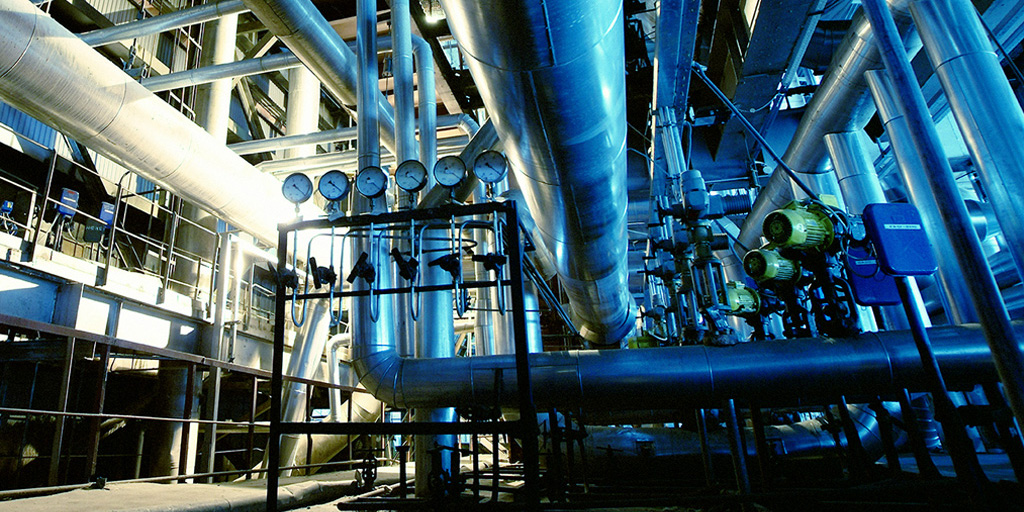HYDROGEN PRODUCTION
Hydrogen is becoming increasingly important in the energy sector, both as an energy carrier and as an element of sustainable transformation in the energy sector. Here are some key aspects of the significance of hydrogen in energy:
Energy Carrier:
- Hydrogen can be used as an energy carrier that can be stored and transported.
- It can be stored and used during periods when energy production exceeds demand and then released when the demand for energy is greater than its production.
Renewable Energy Storage:
- Hydrogen energy storage can serve as a solution for storing excess electricity generated from renewable sources, such as wind or solar energy, for later use.
Transport:
- Hydrogen can serve as a clean fuel for powering vehicles, especially those that are difficult to electrify, such as airplanes, ships, or heavy-duty trucks.
- Hydrogen fuel cells are used in hydrogen-powered vehicles.
Emission Reduction:
- The hydrogen sector can contribute to the reduction of greenhouse gas emissions, especially in areas where it is difficult to reduce emissions using other technologies.
- Hydrogen production from renewable energy sources can be part of a low-emission supply chain.
Industry:
- Hydrogen gas is used in the industry for the production of ammonia, oil refining, or steel production.
- The use of hydrogen can contribute to the decarbonization of these industrial processes.
Hydrogen Electrolysis:
- The process of hydrogen electrolysis, especially using renewable energy, has become a key area of research and development as it enables the production of hydrogen from renewable sources.
Aviation and Maritime Energy:
- Hydrogen is gaining importance as a potential fuel for the aviation and maritime sectors, where traditional electrical solutions are technically and logistically difficult to implement.
Low-emission Technologies:
- The hydrogen sector is developing as an area of innovation, focusing on creating low-emission and sustainable technologies.
All this makes hydrogen perceived as a key component of a future, sustainable, and diversified energy system. However, there are also challenges, such as production costs, process efficiency, and infrastructure, which need to be addressed to play an even larger role in the global energy landscape.
Hydrogen Production Technologies:
1. Steam Methane Reforming (SMR):
- This is a widely used industrial method for producing hydrogen. It is a chemical process in which methane (CH₄), the main component of natural gas, reacts with steam (H₂O), leading to the production of hydrogen (H₂), carbon dioxide (CO₂), and heat.
- The SMR process generates carbon dioxide as a byproduct, making hydrogen from this source not zero in terms of CO₂ emissions.
- The process requires a significant amount of energy, impacting the economy and sustainability of hydrogen production.
Steam methane reforming is currently the most important commercial source of hydrogen, although alternative methods are also being developed to increase the sustainability of this strategic energy raw material.
2. Autothermal Reforming (ATR):
- Combines elements of steam reforming and combustion, allowing for process flexibility and increased efficiency.
3. Partial Oxidation (POX):
- A process where the amount of oxygen during the reaction with natural gas or other hydrocarbons is limited, leading to the production of hydrogen and carbon monoxide (CO).
Ecological Hydrogen Production Technologies:
1. Water Electrolysis:
- A process where water (H₂O) is decomposed into hydrogen (H₂) and oxygen (O₂) using electrical current.
- Water can come from both drinking water and seawater.
- Water electrolysis requires the supply of electrical energy, making it a process dependent on the energy source (e.g., renewable energy sources).
2. Photolysis:
- Uses sunlight to split water into hydrogen and oxygen.
- It is currently an experimental method and requires further research on efficiency.
3. Hydrogen Bacteria:
- Utilizing bacteria capable of fermentation, which secretes hydrogen as a byproduct.
- It is an emerging technology with the potential for hydrogen production from biomass.
4. Green Hydrogen:
Green hydrogen, also known as renewable hydrogen, is a variety of hydrogen whose production is based on the use of renewable energy sources. The process of producing green hydrogen is usually associated with water electrolysis, using electric current from renewable sources such as solar or wind power plants. Here are some key facts about green hydrogen:
- In the case of green hydrogen, the electric current used for electrolysis comes from renewable sources, meaning it does not generate greenhouse gas emissions.
- Solar and wind power plants are the main energy sources used for the production of green hydrogen. In the case of solar power plants, solar energy is converted into electric current, which is then used in the electrolysis process. Wind power plants convert the kinetic energy of the wind into electric current, which also powers water electrolysis.
The role of Green Hydrogen in the energy transformation:
- Green hydrogen plays a crucial role in the energy transformation because it can be used as an energy carrier, especially in areas where direct use of renewable energy sources is difficult or impossible.
- It is considered one of the key elements in creating sustainable and clean energy systems.
In the context of green hydrogen, water electrolysis is the most sustainable when the electric current used to power the electrolyzers comes from renewable sources such as solar, wind, or hybrid energy.
Water electrolysis plays a key role in hydrogen production, especially in the context of striving for a green transformation of the energy sector. As technology advances and the share of renewable energy sources in microgrids increases, water electrolysis may become an even more efficient and sustainable process.
Despite current challenges, green hydrogen is considered a key element in global efforts towards decarbonization and sustainable energy production.
Investments in research and development aim to improve production processes, increase efficiency, and reduce costs, contributing to the widespread use of green hydrogen in the future.
The production of green hydrogen is an important step towards a more sustainable and clean energy future, helping to reduce greenhouse gas emissions.






























